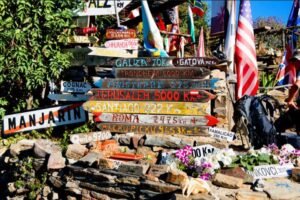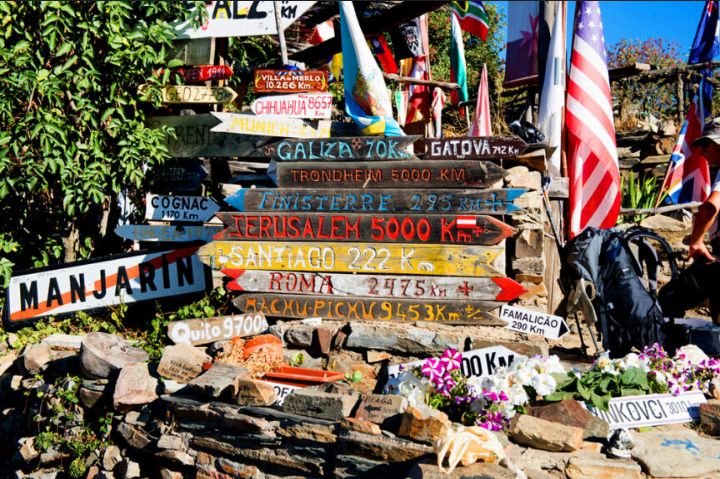Walking the Path of History: The United States and the Camino de Santiago

The Camino de Santiago, one of the world’s most iconic pilgrimage routes, has a fascinating and often overlooked connection with the United States. Spanning over 500 miles across Spain, this ancient route has drawn countless pilgrims for centuries, but its intertwining history with the United States is a story of faith, culture, and personal transformation. The path, known for its spiritual significance and breathtaking landscapes, has become a powerful symbol of connection between the U.S. and Spain, as well as a bridge for global travelers seeking meaning in their lives.
The origins of the Camino de Santiago date back to the 9th century, when the tomb of St. James, located in Santiago de Compostela, became a major pilgrimage destination. Over time, the route expanded into a network of paths stretching across Europe, leading to the city in the northwest of Spain. For centuries, pilgrims from all over the world journeyed along the Camino, seeking spiritual fulfillment, penance, or simply the adventure of the journey.
The connection between the United States and the Camino de Santiago began to deepen in the late 20th century. In the 1980s, the Camino started to gain attention outside of Europe, and Americans became increasingly drawn to its spiritual and physical challenges. The idea of walking the Camino resonated with many Americans, who sought both a personal journey and an escape from the hustle and bustle of modern life. The allure of the pilgrimage, coupled with the mystique of its ancient roots, made it a perfect destination for those seeking a transformative experience.
In the early 2000s, the United States saw a steady increase in the number of pilgrims heading to Spain to walk the Camino. This surge was facilitated by the growing interest in spirituality, personal growth, and outdoor adventures. Many Americans began to see the Camino not just as a religious pilgrimage but as a way to reconnect with themselves and the world around them. The path became a metaphor for life’s journey, with each step offering a moment for reflection, growth, and connection with others.
One of the key factors in the U.S. relationship with the Camino de Santiago has been the influence of American authors and filmmakers. In 2010, the publication of *The Camino: A Journey of the Spirit* by American author Shirley MacLaine introduced the pilgrimage to a broader audience. The film *The Way* (2010), starring Martin Sheen, further solidified the Camino’s appeal, following an American father’s journey to honor his son’s memory. These media portrayals, alongside the rising interest in mindfulness and self-discovery, helped to popularize the Camino among American travelers.
Today, Americans are among the most dedicated pilgrims walking the Camino, with thousands of U.S. citizens making the pilgrimage each year. Many of these pilgrims participate in the Camino’s full route, but others walk sections of it, tailoring their journey to their individual needs. The journey provides both a physical and emotional challenge, with travelers often forming strong connections with fellow pilgrims along the way.
The United States and the Camino de Santiago are now deeply connected, with many Americans finding a sense of community in the shared experience of walking the path. As the Camino continues to grow in popularity, its significance as a cultural and spiritual exchange between Spain and the U.S. only deepens. For many, walking the Camino has become not only a transformative experience but also a symbol of the enduring ties between the two nations, united by the timeless pursuit of personal growth, reflection, and understanding.
